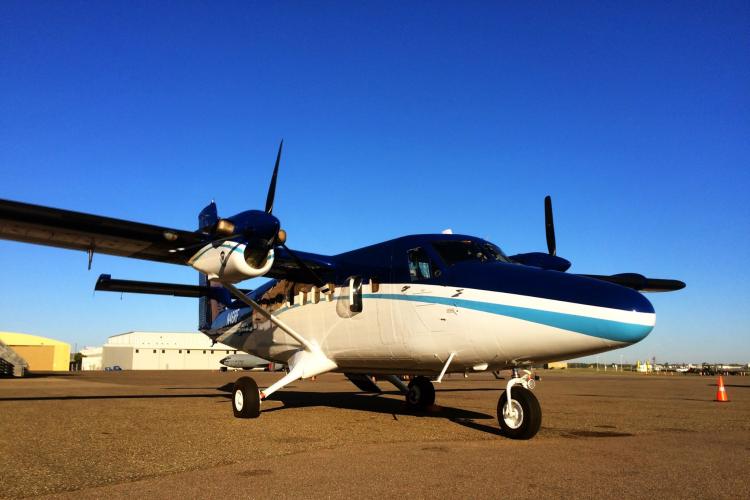
Credit: NOAA
Specifications
About the aircraft
NOAA’s Twin Otters are among the agency's most versatile aircraft. Known for their reliability, short takeoff and landing capabilities, payload capacity and excellent external visibility, they are a perfect asset to support NOAA science in even the harshest environments.
With an endurance of 4-6 hours at survey speeds, the Twin Otter is more than capable of covering over 600+ nautical miles of low altitude survey in a given flight at max fuel loads. These aircraft remain very busy year round supporting airborne marine mammal, hydrological, remote sensing, air chemistry and emergency response programs. Normal crew size is two pilots with a cabin capable of seating six people with smaller science equipment installed. Known for its stability at slower speeds, the Twin Otter is capable of surveying between 90-140 knots over the ground, making it ideal for missions that require a slower aircraft for data collection.

